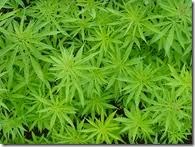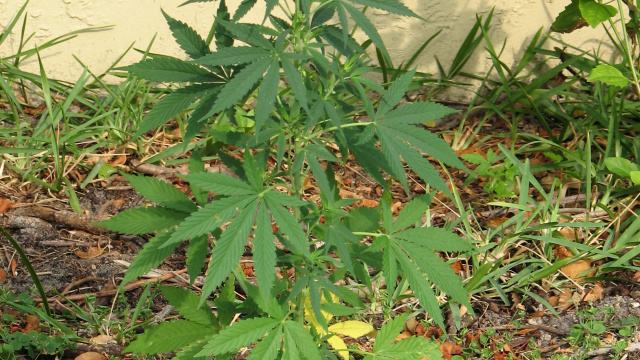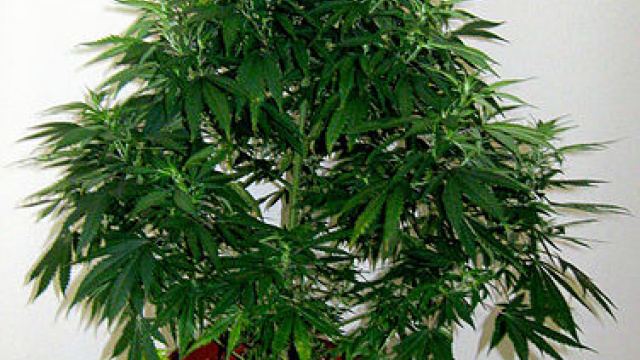 Civilizations in Europe and Asia began harvesting hemp in 8,000 BCE to make textiles, paper, food, and medicine. In 3727 BCE, cannabis was called a superior herb in the world’s first medical text, the Shen Nung’s Pen Ts’ao, in China. In 1500 BCE, Cannabis helped to invent the scythe. In 300 BCE, social situations arose where Carthage and Rome struggled much over the political and commercial power over hemp & spice trade routes in the Mediterranean. In 100 BCE, paper was made from hemp and mulberry in China.
Civilizations in Europe and Asia began harvesting hemp in 8,000 BCE to make textiles, paper, food, and medicine. In 3727 BCE, cannabis was called a superior herb in the world’s first medical text, the Shen Nung’s Pen Ts’ao, in China. In 1500 BCE, Cannabis helped to invent the scythe. In 300 BCE, social situations arose where Carthage and Rome struggled much over the political and commercial power over hemp & spice trade routes in the Mediterranean. In 100 BCE, paper was made from hemp and mulberry in China.
Even though there is this rich history of hemp common knowledge amongst the public is dismal. What factors contributed to the cultural amnesia of hemp?
Background: U.S.
Cultivation of hemp began in Virginia in 1611. King Henry VIII required farmers to set aside land for the cultivation of hemp, one quarter acre of hemp for every sixty acres of land, and this law had to be followed by the colonists. England wanted to continue their trends of manufacturing hemp textiles such as paper, clothing, and medicine & the New World was a perfect place where hemp could be grown and harvested to then be processed overseas.
Many colonies passed laws, independent of Europe influence, that encouraged farmers to produce hemp. Lobbyists were hired and books were published to educate the public about the importance of hemp and thereby establish hemp as America’s trademark product. Even the Puritans at Jamestown grew hemp. Mandatory cultivation of hemp continued throughout the New World so much so that several colonies passed legal tender laws to enact taxes on hemp to benefit the colonies because it was such a widely produced crop.
Hemp was without a doubt one of the most important crops to the common wealth in the 19th century. Founding fathers such as George Washington and Thomas Jefferson were both huge promoters of hemp.Washington even spoke of hemp in his farm diary citing the quality of the seeds and how he always took care to sow seeds in best areas on his farm.
As these educational efforts dwelled on, England continued to demand the raw materials of hemp to ensure the growth of their work force and economy overseas. Colonists began to get curious about becoming self sufficient with the idea of not only growing hemp but keeping it all to themselves which led to colonists declaring their independence from Britain. The Independence War from Europe was ignited via hemp production rights alongside the creation of the American paper industry. Hemp, linen, and cotton rags provided writing materials throughout the war that were essential for communication amongst the colonists to ensure victory.
Drifting Changes
As trends of industrialization increased the invention of a machine, the Decorticator, was introduced tot he American market. It was hailed as the gadget that was going to revolutionize the hemp industry in New World. It’s design began in 1861 in Germany and it’s popularity was made infamous in an article from a Popular Mechanics magazine dated February 1938. In the piece, the author spoke of how this machine implied that hemp industry had the potential of being worth over a billion dollars. In lieu of the technological revelation, hemp farmers were becoming very content with their cash crop of hemp.
However, businesses and corporations with a differing agenda began to grow weary of hemp’s continued popularization. They wished to take control of the paper industry themselves by changing the materials used for production from hemp to trees. This feat was a bit impossible due to the fact that hemp was an easy and accessible plant that all farmers could grow and produce for a multitude of reasons. Hence, the incredulous businesses began a campaign to control how the public viewed the substance to ultimately change the trends of agricultural acceptance.
Even though the THC levels of hemp are extremely low companies, businesses, and governments used this fact to their advantage and began to spread information that the recreational habit of ingesting or smoking the plant for it’s hallucinogenic properties was something to fear. This type of cultural practice stems all the way back to China in 5,000 BCE when pioneering herbalists would ingest the plant to expand their medicinal research.
The corporations responsible for the information behind the campagin were Hearst and DuPont. Hearst was a corporation that owned large timber holdings in the U.S. that joined efforts with DuPont who dominated the petrochemical market at the time: they manufactured plastics, paints, and other products consisting of varied fossil fuels. They began to be associated very close with marijuana, a plant with higher levels of THC, in a way that was misleading, confusing, and detrimental to the agricultural production of hemp. Hysteria ensued. In 1937, business efforts proved successful and the Marihuana Tax Act HR 6385 was passed with the help of the Senate. Even to this day it is difficult for public to accurately report the differences amongst hemp and marijuana thereby showing that the efforts of the old campaign were very powerful.
Environmental Benefits
Hemp is still grown in the U.S. but to a lesser extent than it was a century ago. What would happen if the U.S. decided to produce hemp yet again on a massive scale to manufacture products that we currently depend on other countries to make and import onto our soil? Let’s begin answering this question by going over the facts.
Hemp grows extremely fast in any kind of climate which means it could be easily integrated into a vast variety of agricultural systems. On top of that reality, hemp can be grown sans herbicides, fungicides, or pesticides. Plus, hemp is a natural weed suppressor because it grows so fast and so dense that it blocks out available sunlight that would otherwise be utilized by other weeds trying to grow.
Hemp has deep roots that naturally replenish soil with nitrogen. Furthermore, the stability of the plant contributes to controlling the erosion of topsoil.
Hemp can clean up toxins underground by removing or neutralizing detrimental toxins present in the soil, a process otherwise known as phytoremediation. What substance was used to clean up the Chernobyl nuclear disaster site to remove radioactive elements from the ground? You guessed it – hemp.
Switching to hemp paper would reduce deforestation significantly. For every 4 acres of trees that are required annually to make paper, only one acre of hemp is required to make the same amount of product.
These facts about hemp used to be a well known strand of cultural knowledge that farmers proudly touted. In modern times, many are oblivious to the great benefits of hemp and most incorrectly assume that it’s a drug due to the misinformation that was spread with the passage of the Marihuana Tax Act in 1937.



Leave a Reply